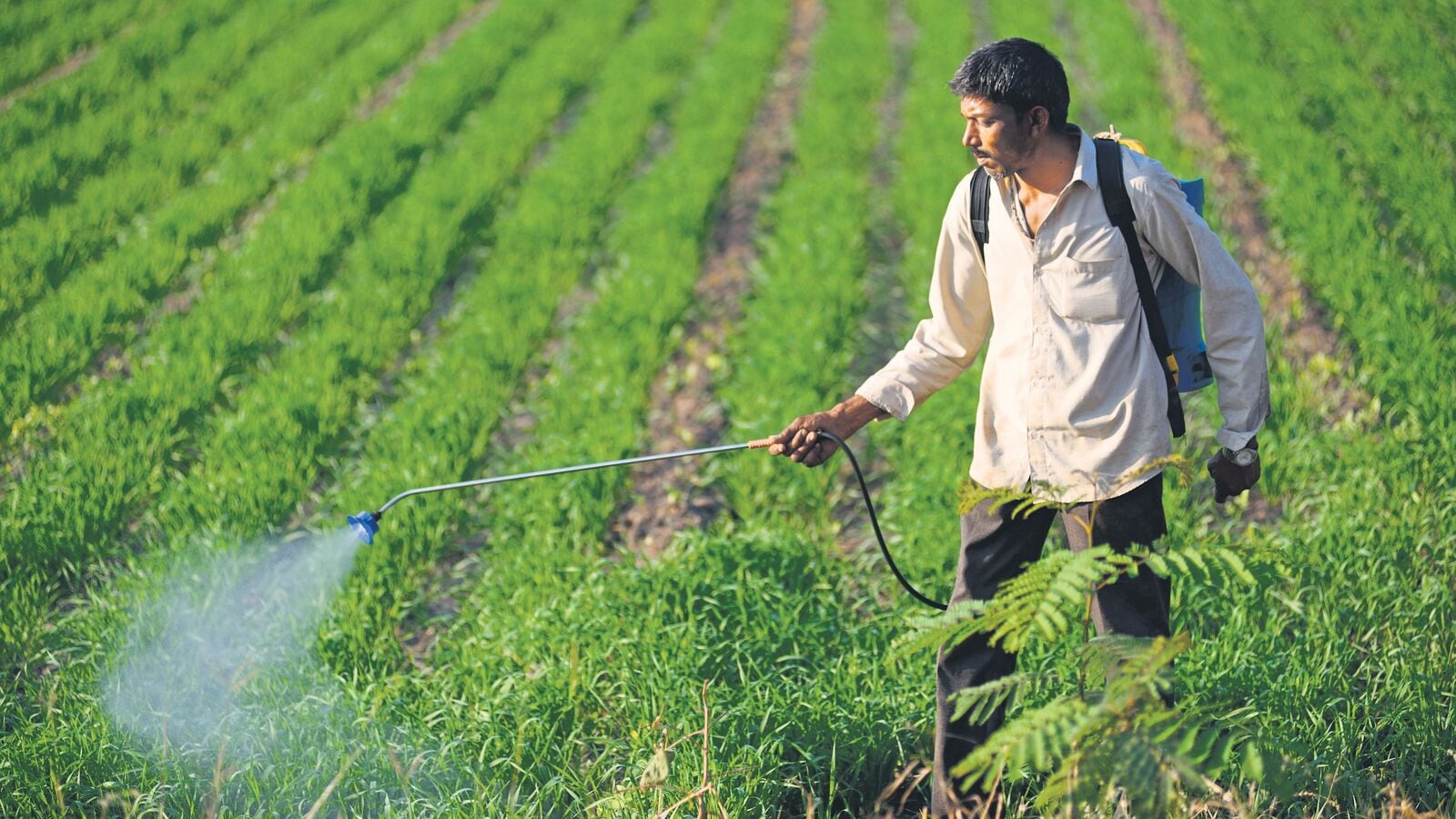Prashant Biyani, vice president, institutional equity research at Elara Capital, says the destocking phase globally is almost over. But while companies operating in the domestic market are safe, exporters face a different challenge: despite volume recovery, prices are not picking up due to steady supplies from China, he said.
An ICICI Securities report on June 19 said, “Early signs of a turnaround are already visible in agrochemicals, particularly in supplies to innovators.” The report noted that agrochemical inventory levels have fallen below normal, providing some relief, while underlying demand remains stable. US agrochemical companies are increasing outsourcing and adopting an asset-light model, opening the door for Indian specialty chemicals companies to tap into a larger potential market, the report added.
Read also: Heavy rains could ruin agrochemical companies’ day in Q2
The chemicals and agrochemicals sector faced challenges in fiscal 2024 due to contracting export demand, aggressive dumping by China and persistent price pressures. Disruption in global logistics following the Red Sea incident in December 2023 further raised costs, compounding the sector’s woes. Despite volume growth reported in the June quarter due to reduced global inventories, concerns persisted as China’s agrochemical production rose nearly 50% year-on-year between January and July 2024, raising fears of a fresh inventory glut.
Is it time for a rebound?
Biyani said: “Domestic consumption is already picking up, and a revival in exports is also on the horizon.” Gaurang Shah, senior vice president at Geojit Financial Services, also sees strong long-term prospects for domestic agrochemical companies, with exports also set to benefit from the China+1 strategy.
“There are already green shoots in the agrochemical business. We are seeing an increase in enquiries.”
“Green shoots are already visible in the agrochemicals business. We are seeing an increase in enquiries,” said Gopal Agrawal, CEO, Anupam Rasayan India Ltd. He added that the agrochemicals business, which accounted for 65% of the company’s consolidated revenue in FY24, is expected to pick up by the end of FY25 and grow thereafter.
Read also: Patent expiration on key product weighs on PI Industries
Sales of agrochemical companies in FY24 were hit by inventory destocking and increased competition from Chinese companies, leading to sharp cuts in consensus earnings per share over the previous year, analysts said.
Gyanendra Shukla, managing director and CEO of Rallis India, said the industry is grappling with falling prices due to supply-demand mismatches, largely driven by China’s overcapacity. Indian companies, including some pharmaceutical companies, have expanded capacities to take advantage of the “China plus one” trend. Also, uneven monsoon rains, particularly droughts in the northeastern and southern regions, have reduced consumption and led to excess inventory. However, he remains confident about the industry’s long-term growth prospects.
“According to our internal estimates, the Indian agrochemical market is worth approximately ₹“Agrochemical consumption is Rs 40,000 crore and is still growing at a high single digit rate. Despite having a lot of cultivable land, our agrochemical consumption stands at 0.4 kg/hectare against the global consumption of 2.6 kg/hectare, indicating significant scope for growth,” Shukla said. Agrochemicals remain the dominant business for Rallis India, generating over 75% of annual revenue.
“Increasingly erratic monsoon patterns have disrupted agricultural activities…which may impact the recovery timeline.”
Simon Wiebusch, president of Bayer South Asia, is cautiously optimistic about the outlook for the agrochemicals business. “Increasingly erratic monsoon patterns have disrupted agricultural activities, delaying timely spraying, which may impact the recovery timeline,” he said, adding, “A clearer assessment of the current Kharif season is expected in the coming weeks.”
Global demand tempers expectations
While the macroeconomic environment has started to improve in 2024, global demand remains subdued and is set for a gradual recovery. Biyani notes that while heavy rains have dampened growth expectations slightly, single-digit year-on-year volume growth is still achievable for the September quarter, compared with healthy double-digit year-on-year growth in the June quarter. Nevertheless, he is optimistic that the second half of fiscal 2025 will be significantly stronger.
Read also: Increasing farmers’ incomes is a key priority for India
A Centrum report dated Sept. 5 said: “Amid these challenges, companies did not reduce capital spending during fiscal 2024 and largely continued with announced capital spending for fiscal 2025. However, the focus has now shifted to increasing capacity utilization and boosting revenue from newly ordered capital spending.”
Shah favours Aarti Industries, Pidilite Industries, PI Industries, Vinati Organics and UPL in the agrochemicals and specialty products sectors. He also believes that India’s agrochemical demand has a strong long-term outlook, supported by sustained government support, increased mechanisation and advanced field technologies.
Disclaimer:
The information contained in this post is for general information purposes only. We make no representations or warranties of any kind, express or implied, about the completeness, accuracy, reliability, suitability or availability with respect to the website or the information, products, services, or related graphics contained on the post for any purpose.
We respect the intellectual property rights of content creators. If you are the owner of any material featured on our website and have concerns about its use, please contact us. We are committed to addressing any copyright issues promptly and will remove any material within 2 days of receiving a request from the rightful owner.

